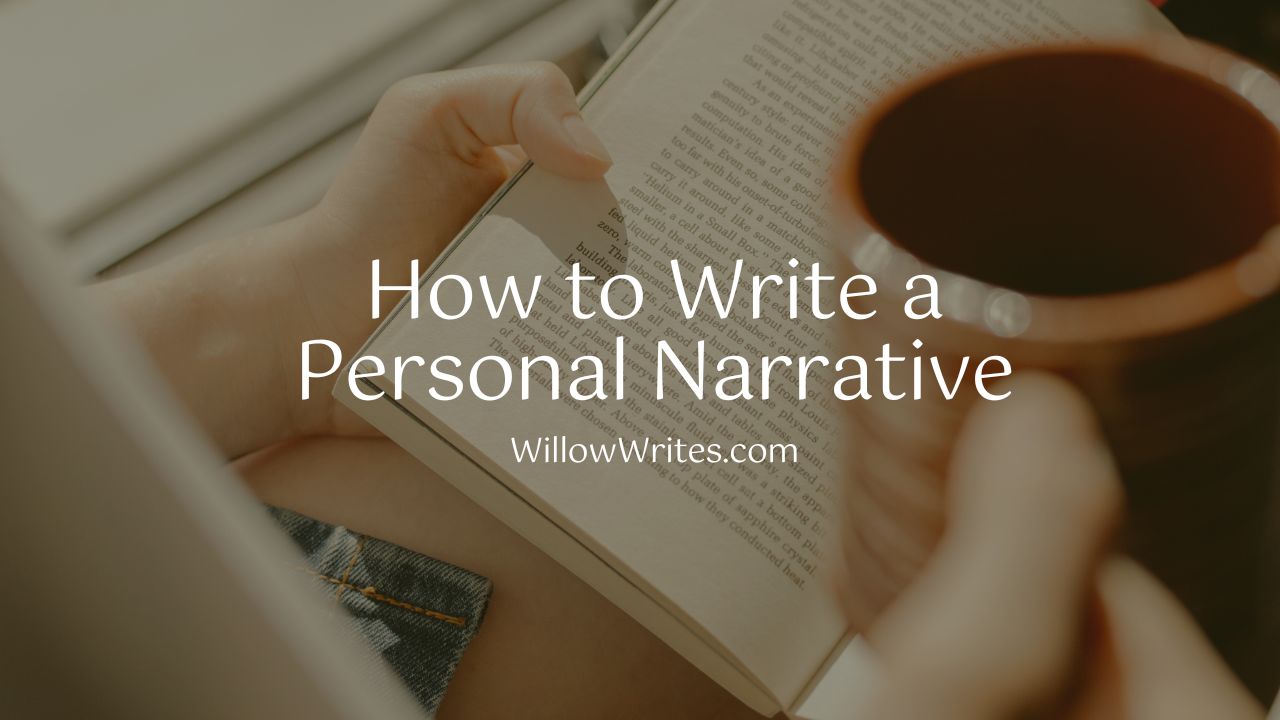Have you ever had a visceral reaction to something you read? Maybe a character in a book did something that made your blood boil, or a storyline made you feel deeply uncomfortable. If so, you’re not alone. Many writers experience strong reactions to the stories they read – and that’s a good thing!
It means that we’re engaged with what we’re reading and that the writing is effective in stirring up emotions. In this blog post, we’ll explore the idea of visceral reactions in writing, and discuss why it’s important for writers to strive for this effect.
We’ll also offer tips on how to create powerful emotional responses in readers. So if you’re ready to delve into the world of emotionally charged writing, keep reading!
What are visceral reactions, and why are they important in writing?
Visceral reactions are those that bypass the rational mind and go straight to the emotions. They can be evoked by anything from a powerful memory to a description of a place or situation.
In writing, visceral reactions are important because they can help to create an emotional connection between the reader and the text. When done well, they can add depth and richness to a story, making it all the more compelling. done poorly, however, they can come across as contrived or melodramatic.
As with all things in writing, it is important to strike a balance. Too much emotion can be overwhelming, but just the right amount can make for a truly unforgettable reading experience.
Examples of visceral reactions in Writing
In her memoir, I Know Why the Caged Bird Sings, Maya Angelou describes a visceral reaction to a racist incident. While waiting for a friend at a Mississippi bus stop, Angelou and her cousin are harassed by a group of white men. One of the men grabs Angelou’s cousin’s arm, and Angelou responds by biting his hand. The taste of blood makes her vomit, but she continues to fight until the men finally leave.
This powerful scene illustrates the way that a visceral reaction can lead to courage in the face of adversity. Angelou’s autobiographical account is just one example of how writers can use visceral reactions to create an emotional response in their readers. By vividly describing the physical sensations associated with fear, anger, or disgust, writers can create an intense and memorable reading experience.
In addition to evoking an emotional response, visceral reactions can also help to convey the character’s state of mind. A character who is fighting against overwhelming odds, for example, may have a physical reaction that highlights their desperation or determination. Visceral reactions can therefore be used to great effect in writing, adding depth and emotion to the story.
Describing Physical Sensations
There are many ways to create visceral reactions in writing. As we saw in the example from Maya Angelou’s memoir, one way is to describe the physical sensations associated with an emotional response.
When using this technique, it is important to be as specific as possible. Vivid, concrete details will help to bring the scene to life and make it more believable. Remember, the goal is to create an emotional response in the reader, so it is important to choose details that will effectively convey the desired emotion.
For example, if you want to evoke a feeling of fear in the reader, you might describe the character’s pounding heart, sweaty palms, and racing breath. Or, if you want to create a feeling of disgust, you might describe the character’s nauseated stomach, dry mouth, and trembling hands.
The key is to choose details that will help the reader to feel what the character is feeling. By putting the reader in the character’s shoes, you can create an immersive and emotionally charged reading experience.
Tips for creating visceral reactions in writing
1. Use concrete, sensory language
The best way to create a visceral reaction in your reader is to use concrete, sensory language. This means describing things in a way that engages the five senses.
For example, instead of saying “the character was angry,” you might say “the character’s face turned red and she clenched her fists.” This type of specific, sensory language will help to bring the scene to life and make it more believable.
2. Be careful not to overdo it
It is important to strike a balance when creating visceral reactions in your writing. Too much emotion can be overwhelming, so it is important to use this technique sparingly.
A few well-chosen details can be more effective than a long list of physical sensations. In addition, it is important to make sure that the reactions are appropriate for the situation. A character who is angry may have a physical reaction, but a character who is simply annoyed is unlikely to have the same reaction.
3. Use other techniques in addition to describing physical sensations
There are many other ways to create visceral reactions in your writing. In addition to describing physical sensations, you can also use dialogue, interior monologue, and body language to convey emotion.
For example, you might use dialogue to show the character’s anger, or you might use body language to show the character’s fear. By using a variety of techniques, you can create a more nuanced and believable emotional response in your reader.
4. Use visceral reactions to deepen the reader’s understanding of the character
In addition to conveying emotion, visceral reactions can also be used to deepen the reader’s understanding of the character. A character’s physical reaction can reveal their innermost thoughts and feelings, providing insight into their motivations and desires.
For example, a character who is afraid of heights may have a physical reaction when they are forced to climb a ladder. This reaction can help the reader to understand the character’s fear, and it can also add tension to the scene.
5. Use visceral reactions to create an emotional connection with the reader
Finally, visceral reactions can be used to create an emotional connection with the reader. When done well, this technique can make the reader feel as if they are experiencing the emotions of the character.
This connection can be particularly powerful in first-person narratives, where the reader is experiencing the story through the eyes of the protagonist. By using visceral reactions, you can make the reader feel as if they are right there in the middle of the action, experiencing everything firsthand.
When used effectively, visceral reactions can be a powerful tool for creating an emotional response in your reader. By using concrete, sensory language, you can bring the scene to life and make it more believable. In addition, visceral reactions can be used to deepen the reader’s understanding of the character, and to create an emotional connection with the reader.
In closing, remember to use this technique sparingly, and to make sure that the reactions are appropriate for the situation. A few well-chosen details can be more effective than a long list of physical sensations.










